Herbal plants stand as nature’s gift, brimming with beneficial natural compounds that contribute to human health in many ways. Unveiling the potential of these powerful herbal plants for home garden opens doors to a world where nature becomes a silent healer and culinary ally.
Imagine cultivating Tulsi, Aloe Vera, and Mint in your garden – not just for their delightful scents, but for the magical properties that lie within. As these plants flourish in your own space, they not only bring a touch of natural beauty but also promise a wealth of health benefits.
Let’s unravel the secrets of these green wonders, transforming your home garden into a haven of well-being and natural richness.
Benefits of Herbal Plants in Home Gardens
Having herbal plants in your home garden is like having a treasure trove of goodness right outside your door. These plants aren’t just pretty to look at – they are like tiny health superheroes. Imagine having your own medicine cabinet with plants like Tulsi and Aloe Vera!
These green wonders not only add flavors to your kitchen but also have special powers to make you feel better. Herbal plants are like nature’s gift to keep you healthy and happy.
They’re not just good for you but also for the environment, helping us live in harmony with nature. So, having these plants at home is like having a secret stash of well-being and natural healing.
Selecting the Right Herbs for Your Home Garden
Choosing the perfect herbs for your home garden is like picking the best players for your team. Each herb is unique, like characters in a story, bringing its special magic to your garden. Consider herbs like Tulsi, Aloe Vera, and Mint – they’re like the superheroes of the plant world.
Tulsi fights off bad germs, Aloe Vera is like a cool gel doctor, and Mint adds a refreshing twist to your dishes. Think about what you want your garden to be – a health haven, a flavor festival, or both! So, selecting the right herbs is like creating a magical cast for your garden adventure.
Tulsi
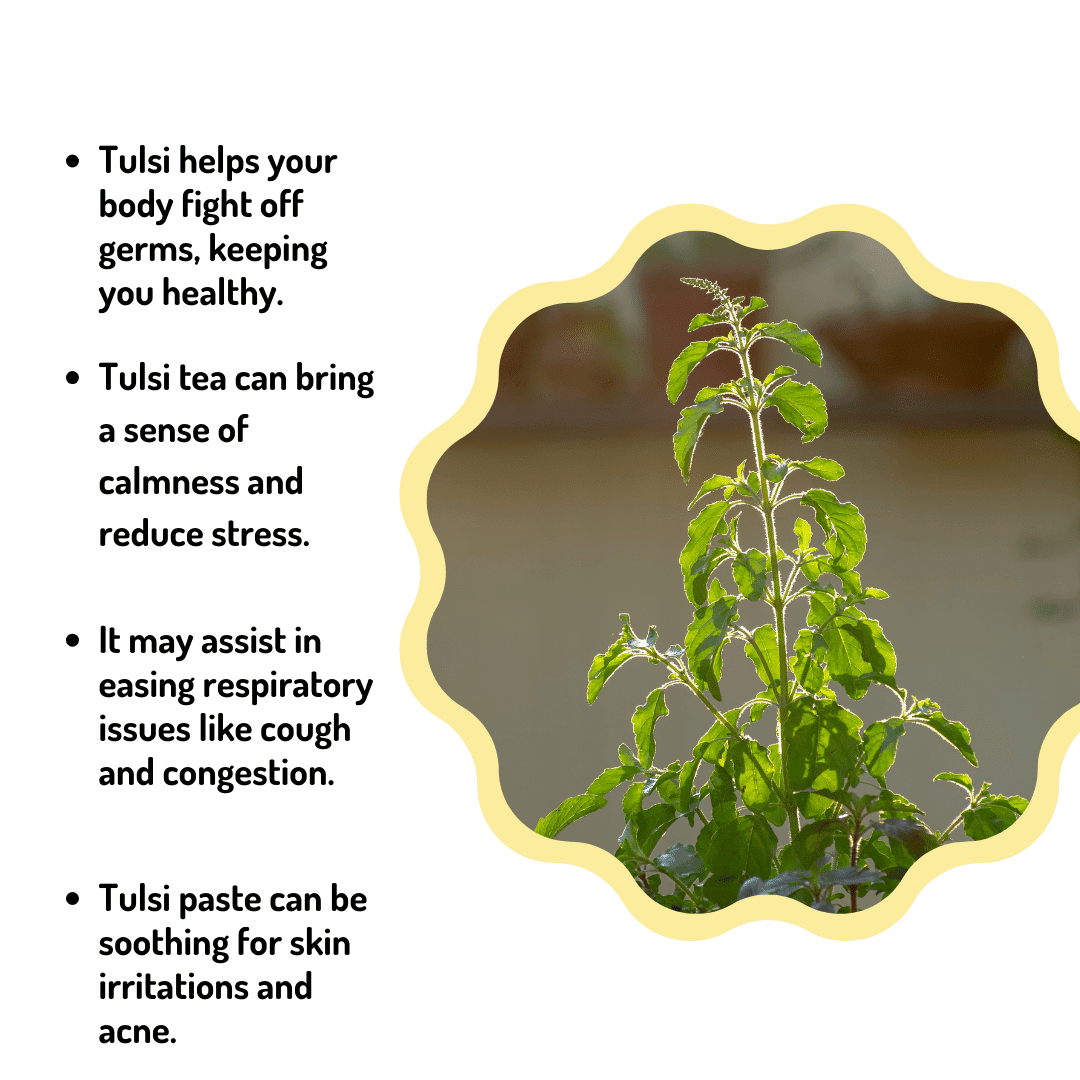
Tulsi, also known as Holy Basil, is a revered herb in Ayurveda for its medicinal properties. Scientifically named Ocimum sanctum, it’s native to Southeast Asia. This aromatic plant is rich in antioxidants and has anti-inflammatory benefits.
People often use it for its potential to reduce stress, boost immunity, antimicrobial activities, and promote overall well-being. In addition to its health benefits, Tulsi holds cultural and religious significance in Hinduism. The herb is easy to cultivate and is a common sight in many households due to its multiple uses.
Growing Tulsi in your home garden is a simple and rewarding process. Start by selecting a sunny location with well-drained soil. Plant the seeds or cuttings in the spring or early summer, maintaining a spacing of about 12 inches between plants.
Water the Tulsi plant consistently, keeping the soil moist but not waterlogged. Regular pruning encourages bushier growth and higher leaf yield. Tulsi is a resilient herb that adapts well to various climates. With minimal care, you can enjoy a fresh and abundant supply of this versatile herb in your own garden.
Aloe Vera
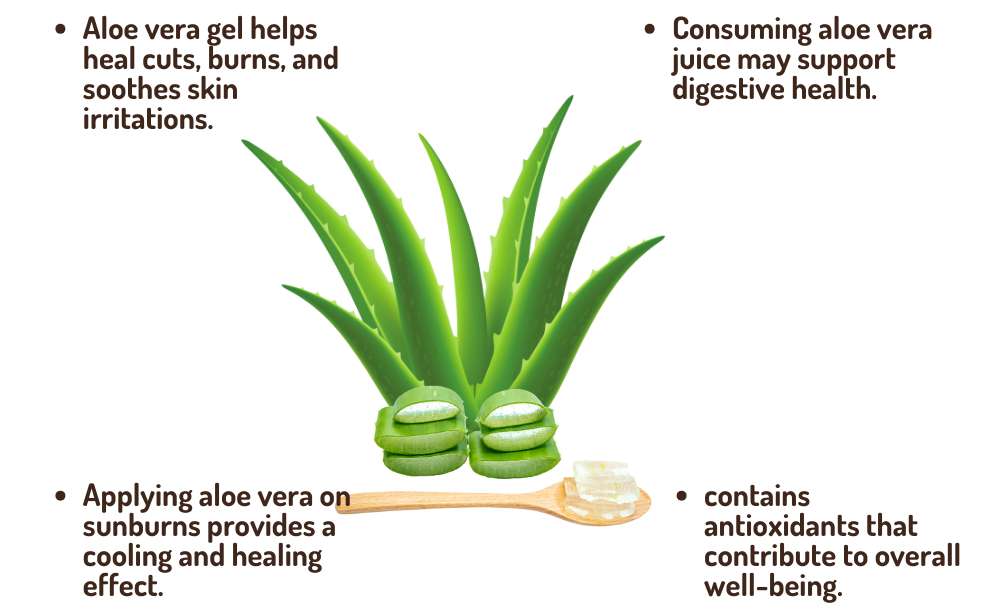
Aloe Vera, a succulent plant with fleshy leaves, is well-known for its healing properties. Scientifically termed Aloe barbadensis miller, it originates from North Africa but thrives in various climates. The gel inside its leaves is a natural remedy for sunburns, wounds, and skin irritations.
Aloe Vera also contains vitamins, enzymes, and antioxidants, making it a popular ingredient in skincare products. Beyond its skincare benefits, this low-maintenance plant is easy to grow indoors, providing a handy and decorative addition to homes.
Growing Aloe Vera in your home garden is a simple and rewarding process. Begin by selecting a sunny location with well-draining soil, as Aloe Vera prefers indirect sunlight. Plant the Aloe Vera pup, which is an offshoot of a mature plant, in the soil, ensuring that the roots are covered.
Water sparingly, allowing the soil to dry out between waterings to prevent overwatering. Aloe Vera is a hardy plant that doesn’t require frequent watering. With minimal care, you can enjoy the succulent’s soothing gel for various skincare and healing purposes right from your garden.
Mint (Pudeena)

The mint plant, scientifically known as Mentha, is a fragrant herb widely appreciated for its refreshing flavor and various uses. Native to Europe and Asia, this fast-growing plant belongs to the Lamiaceae family.
Mint is versatile, used in culinary dishes, teas, and aromatherapy. Its easy cultivation and ability to thrive in diverse conditions make it a popular choice for home gardens.
Growing mint in your home garden is a breeze. Choose a location with partial sunlight and well-draining soil. Plant mint cuttings or seeds, leaving some space between each. Keep the soil consistently moist and consider using a container to control its spread.
Regular harvesting promotes bushier growth. With minimal care, you can enjoy the delightful aroma and fresh taste of homegrown mint throughout the year.
Also Read: Horticulture Crops Cultivation in India
Coriander

Discover the magic of coriander – a culinary and herbal treasure flourishing in your home garden
Coriander, also known as cilantro or Chinese parsley, is a herb with fresh, citrusy leaves and seeds used in cooking worldwide. Scientifically named Coriandrum sativum, it belongs to the Apiaceae family.
Originating from Southern Europe and Western Asia, coriander is renowned for its culinary versatility, adding flavor to various dishes. Both its leaves and seeds are used in cooking, providing a unique taste to cuisines around the globe.
Growing coriander in your home garden is uncomplicated. Choose a sunny location with well-drained soil. Plant coriander seeds directly or transplant seedlings, leaving space between them. Ensure consistent watering to keep the soil evenly moist. Harvest the leaves when they reach a desirable size.
Coriander tends to bolt in hot weather, so plant in cooler months or provide shade. With these simple steps, you can cultivate a fresh supply of coriander in your own garden.
Fenugreek (Methi)

Fenugreek, known as Methi in India, is an herb with small, green leaves and seeds. Scientifically named Trigonella foenum-graecum, it’s a staple in Indian cuisine. Fenugreek is beneficial for improving digestion, controlling blood sugar, and promoting milk production in nursing mothers.
In addition to its medicinal uses, fenugreek adds a distinctive flavor to dishes. Its seeds are also ground into a spice commonly used in Indian recipes, contributing a warm and slightly bitter taste.
Growing fenugreek in your home garden is straightforward. Select a sunny spot with well-drained soil. Sow fenugreek seeds directly into the soil, ensuring they are covered with a thin layer. Keep the soil consistently moist during the germination period.
Once the plants are established, water them sparingly. Fenugreek is a hardy plant that requires minimal care, and you can enjoy the fresh leaves and seeds for culinary and medicinal purposes right from your garden.
Curry Leaves ( Karee Patte)
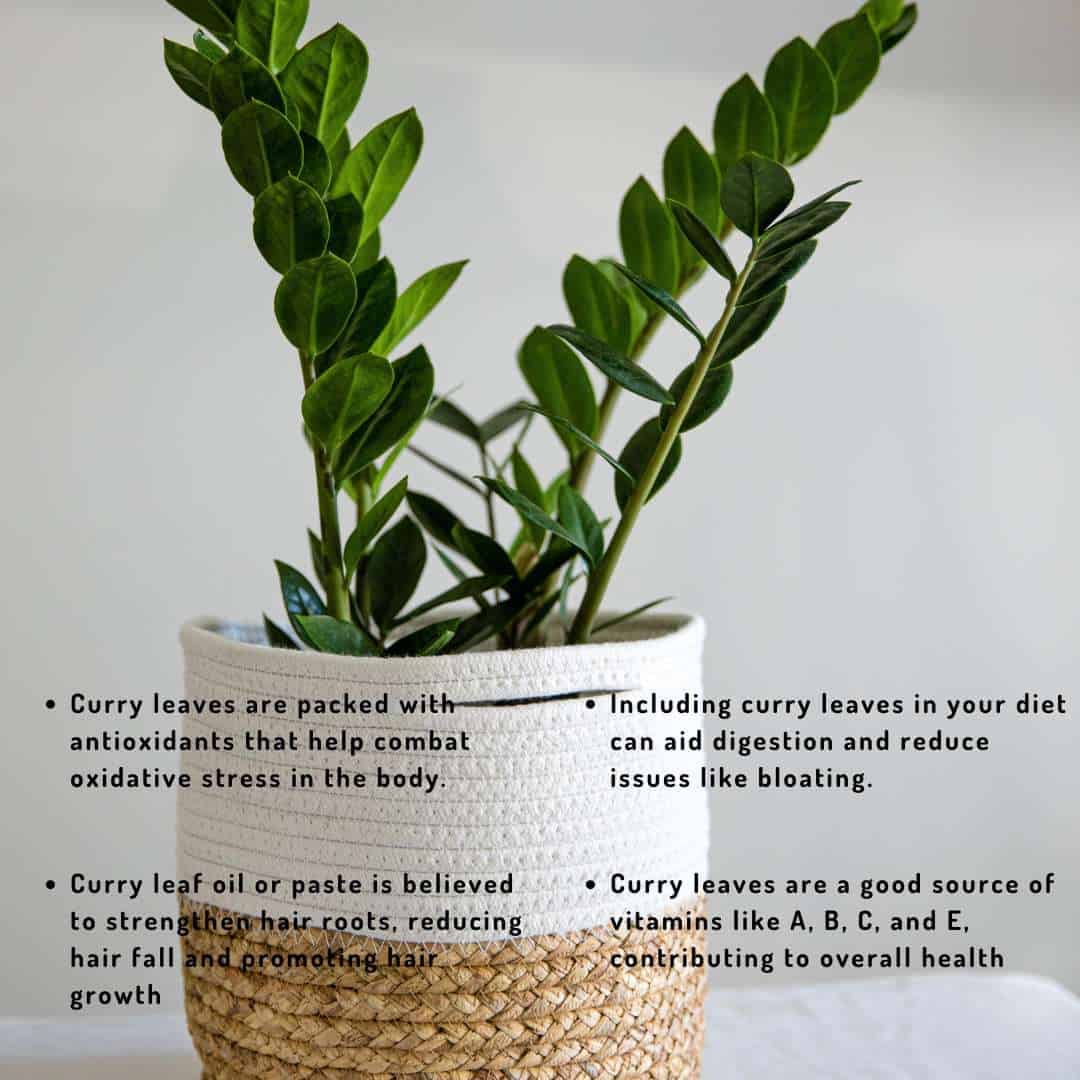
The curry leaf, scientifically known as Murraya koenigii, is a small, aromatic leaf often used in South Asian cooking for its distinct flavor. Commonly found in Indian cuisine, these leaves come from the curry leaf tree, native to India.
Apart from adding a unique taste to dishes, curry leaves are believed to have various health benefits, such as aiding digestion and promoting hair health due to their rich nutritional content.
Growing curry leaf in your home garden is simple. Opt for a sunny location with well-drained soil. Plant curry leaf tree seeds or saplings, ensuring they are adequately spaced. Water the plant regularly, especially during dry periods. Pruning helps maintain shape and encourages new growth.
With minimal effort, you can cultivate a steady supply of fresh curry leaves, enhancing the flavor of your culinary creations right from your own garden.
Amla (Indian Gooseberry)
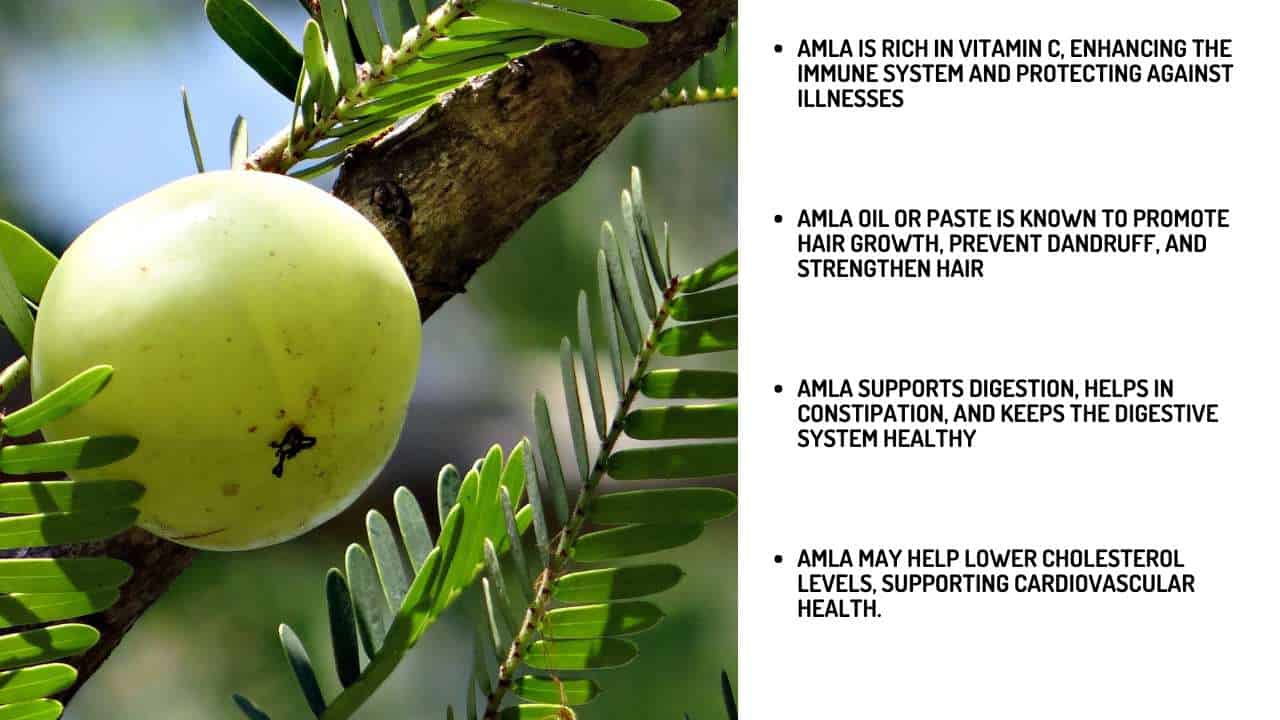
Amla, also known as Indian gooseberry, is a small, green fruit with a sour taste. Scientifically termed Phyllanthus emblica, it’s rich in vitamin C and antioxidants. In traditional medicine, amla is valued for its various health benefits, including boosting immunity and promoting hair health.
Commonly used in jams, pickles, and medicinal preparations, amla is versatile. Its dried and powdered form, known as amla powder, is popular in skincare and haircare routines.
Growing amla in your home garden requires a sunny location with well-drained soil. Plant amla seeds or saplings, providing adequate space between them. Regular watering is crucial, especially during dry spells. Amla trees are hardy and can withstand diverse climates.
With minimal care, you can cultivate a homegrown source of this nutritious fruit, ready for consumption or traditional medicinal uses.
Turmeric
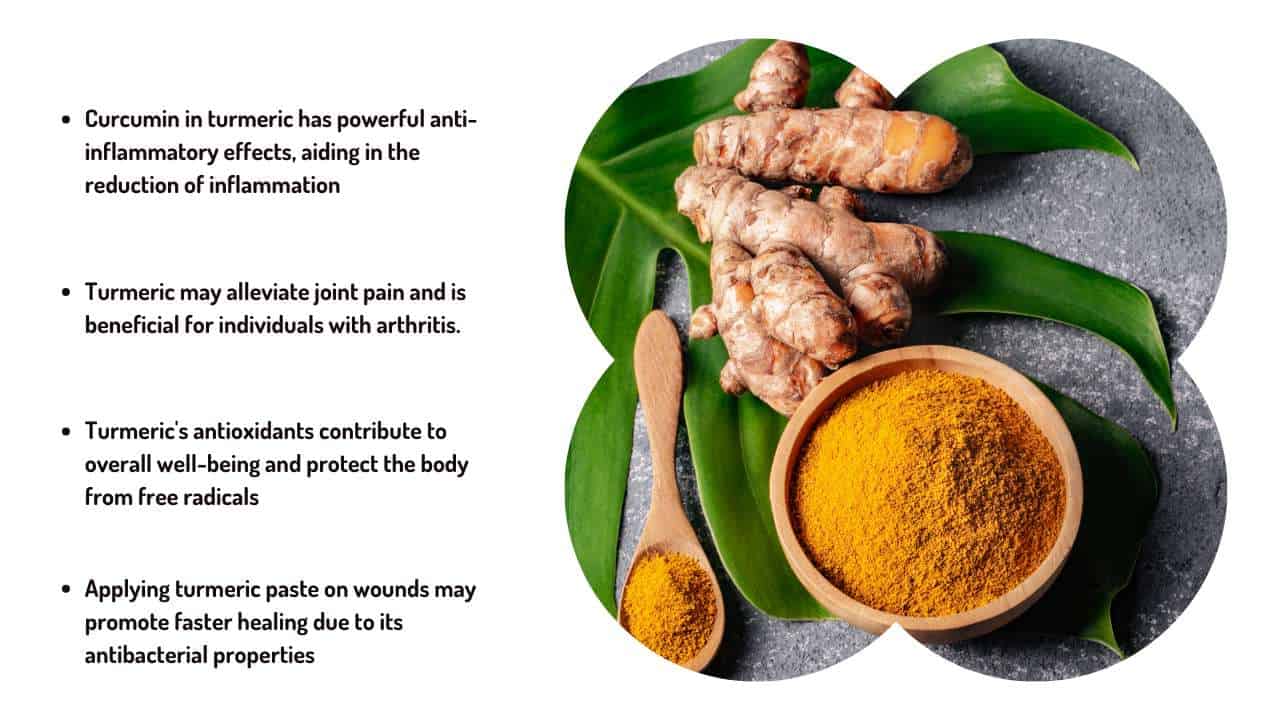
Turmeric, known as Haldi in India, is a bright yellow spice derived from the Curcuma longa plant. Apart from its culinary uses, turmeric has been a staple in traditional medicine for its anti-inflammatory and antioxidant properties.
It is used in Indian dishes for its warm, bitter taste. In addition to being a spice, turmeric is used in traditional preparations, such as Ayurvedic medicines and skincare routines, owing to its therapeutic benefits.
Growing turmeric in your home garden is simple. Select a well-drained location with partial sunlight. Plant turmeric rhizomes, known as fingers, in the soil, ensuring they are covered with a few inches of soil. Water the plants regularly, and be mindful of pests.
Turmeric thrives in warm climates and is ready for harvest when the leaves turn yellow. With minimal effort, you can enjoy the freshness of homegrown turmeric in your culinary and medicinal endeavors.
Ashwagandha

Ashwagandha, scientifically known as Withania somnifera, is an adaptogenic herb valued in traditional Ayurvedic medicine. Its roots are used for various health benefits, including stress reduction and immune system support.
Commonly referred to as Indian ginseng, ashwagandha is prepared as a powder or in a tonic for consumption. With a history rooted in Ayurveda, this herb is considered rejuvenating and is utilized to promote overall well-being.
Growing Ashwagandha in your home garden is feasible. Opt for a sunny location with well-drained soil. Plant Ashwagandha seeds or seedlings, providing adequate spacing. Water the plants regularly, and protect them from extreme cold.
Ashwagandha is adaptable to various climates and soil conditions. With consistent care, you can cultivate this beneficial herb at home, ensuring a convenient source for traditional remedies and overall health support.
Lemongrass
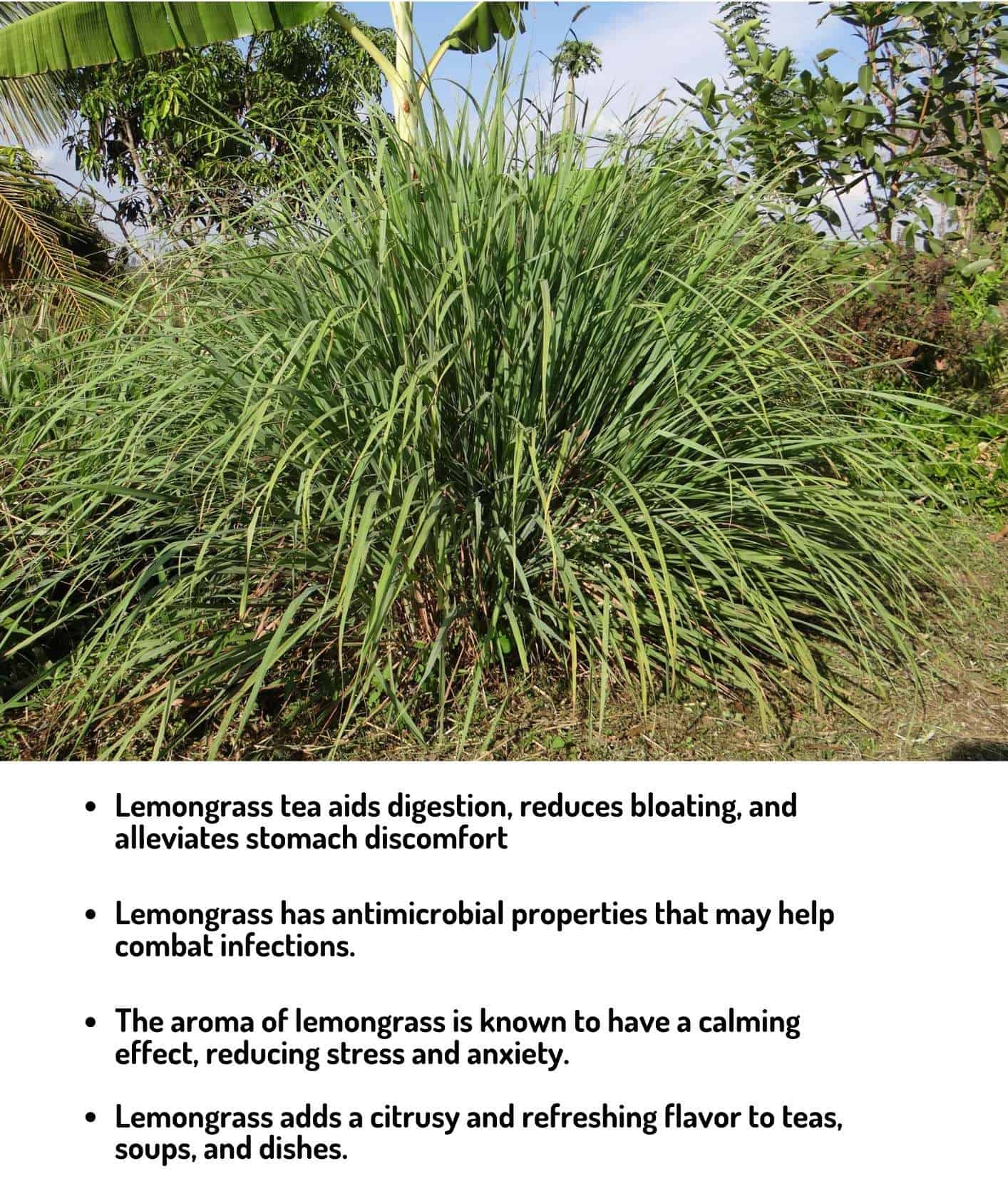
Lemongrass, scientifically known as Cymbopogon citratus, is a fragrant herb with thin, green stalks and a lemony flavor. Widely used in culinary dishes, teas, and traditional medicine, lemongrass is known for its refreshing taste and aromatic qualities.
Commonly used in Asian cuisines, it is also popular in herbal teas and essential oils. With anti-inflammatory and antioxidant properties, lemongrass is valued for its potential health benefits, including digestive aid and stress relief.
Growing lemongrass in your home garden is straightforward. Choose a sunny location with well-drained soil. Plant lemongrass stalks directly into the soil or in containers. Ensure regular watering, especially during dry periods.
Lemongrass requires warm temperatures and can be grown as a perennial in suitable climates. Harvest by cutting the stalks close to the base. With minimal care, you can enjoy the fresh and aromatic addition of homegrown lemongrass in your culinary and wellness endeavors.
Lavender
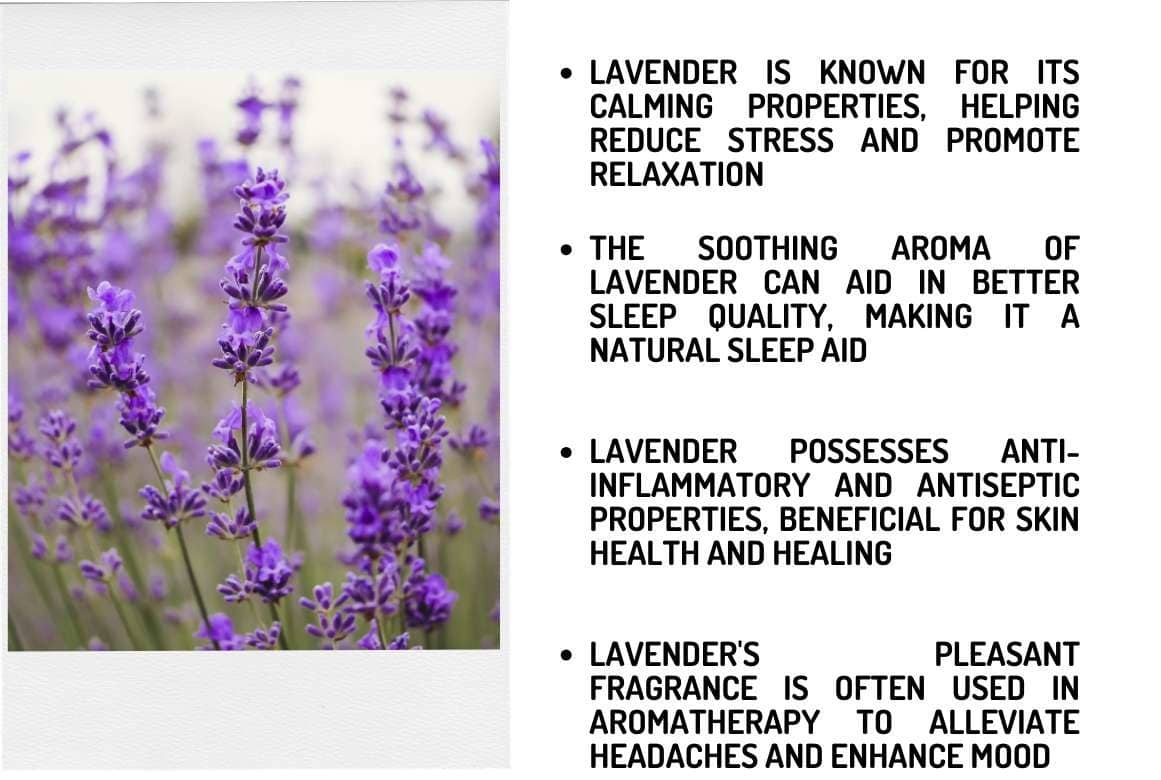
Lavender, known as “Lavandula,” is a fragrant herb with purple flowers and a calming aroma. In India, it is often referred to as “Laender.” Lavender has diverse traditional uses, including aromatherapy for relaxation and skincare for its soothing properties.
Considered a versatile herb, it is used in sachets, oils, and teas. When growing lavender, ensure well-drained soil and ample sunlight. Pruning after flowering encourages bushier growth. This low-maintenance herb adds both beauty and fragrance to gardens.
Growing lavender in your home garden is simple. Choose a sunny location with well-drained soil. Plant lavender seeds or young plants, providing proper spacing. Water the plants moderately, allowing the soil to dry between watering. Lavender thrives in slightly alkaline soil.
Prune the plants after flowering to maintain shape and encourage growth. With minimal care, you can cultivate a lovely and aromatic addition to your garden, enhancing its visual appeal and providing potential uses for relaxation and skincare.
Growing and Caring for Herbal Plants
Growing and caring for herbal plants is like tending to a garden of well-being. For a thriving home herb garden, start with a sunny spot – these plants love soaking up the sunlight. Plant them in nutrient-rich soil, ensuring good drainage to keep their roots happy.
When it comes to watering, herbs prefer a balanced routine – not too dry, not too soggy. Allow the soil to dry slightly between watering sessions.
Be watchful for potential challenges like pests or diseases; regular checks will keep your herbal haven healthy. With a bit of sunshine, good soil, and mindful care, your herbal garden will flourish, providing you with a green sanctuary at your doorstep.
Conclusion
Venturing into the world of powerful herbal plants for home garden unveils a myriad of benefits, transforming your humble garden into a sanctuary of well-being.
From the enchanting Tulsi to the versatile Aloe Vera, these herbal companions offer not just visual appeal but a treasure trove of health advantages. Embracing their unique properties, you can enjoy the soothing calmness of Aloe Vera, the flavorful zest of Mint, and the immune-boosting prowess of Indian Gooseberry.
Cultivating these herbal plants is like crafting a tapestry of natural remedies and culinary delights right at your doorstep. As you integrate these green wonders into your daily life, your home garden becomes not just a source of visual delight but a nurturing haven promoting a healthier, more vibrant lifestyle.



